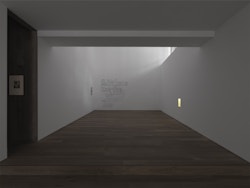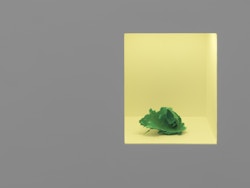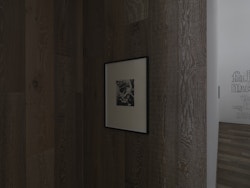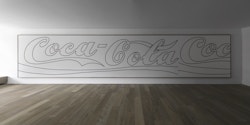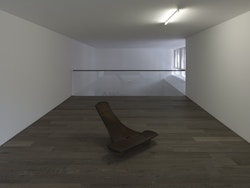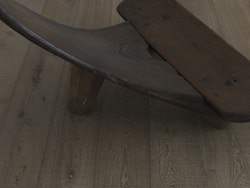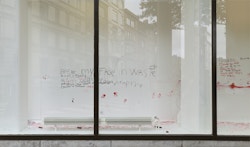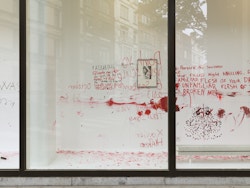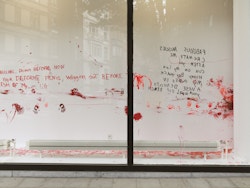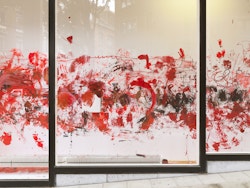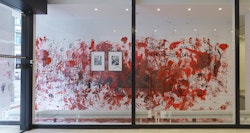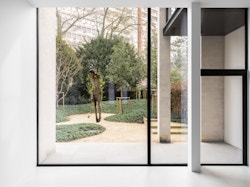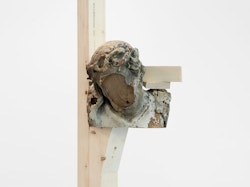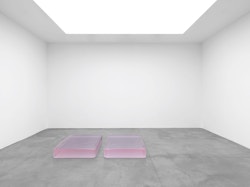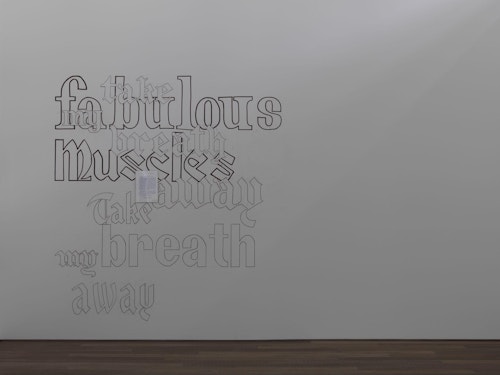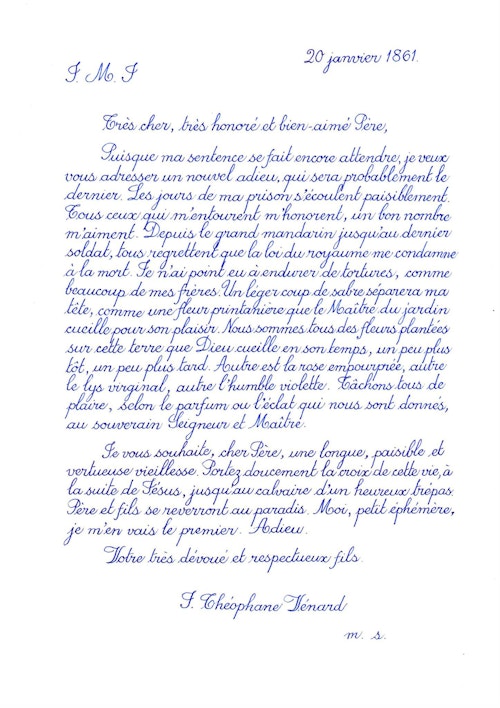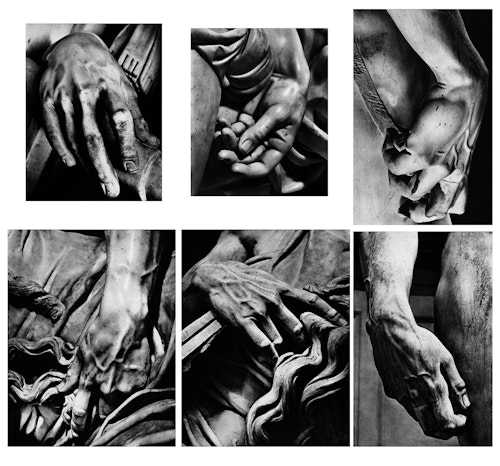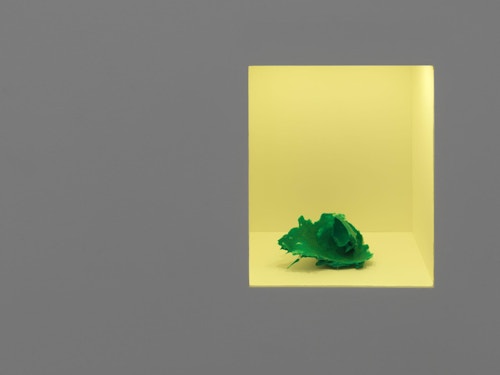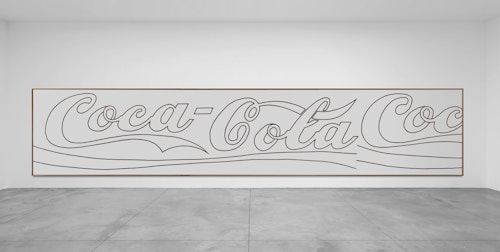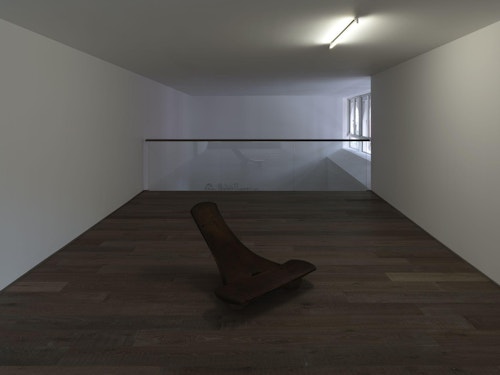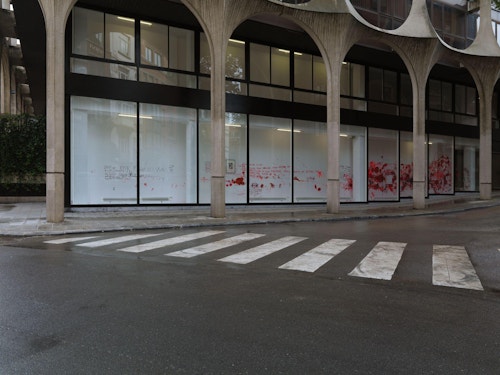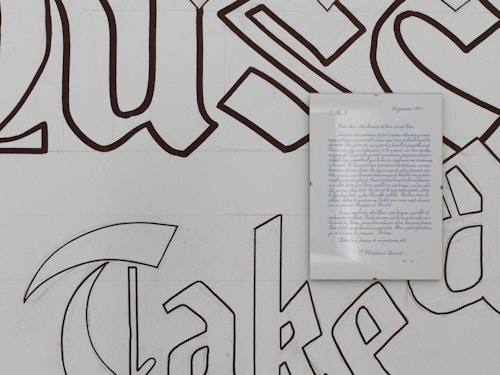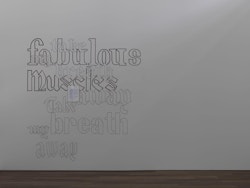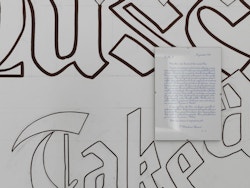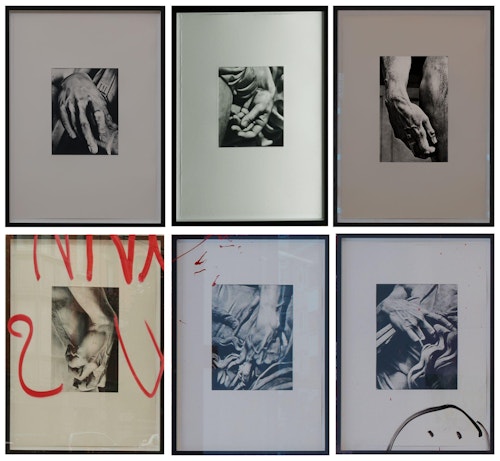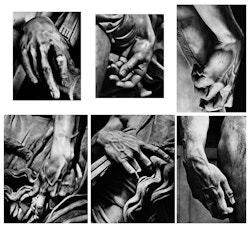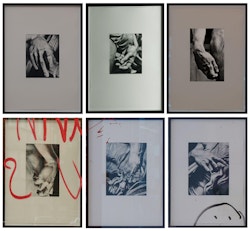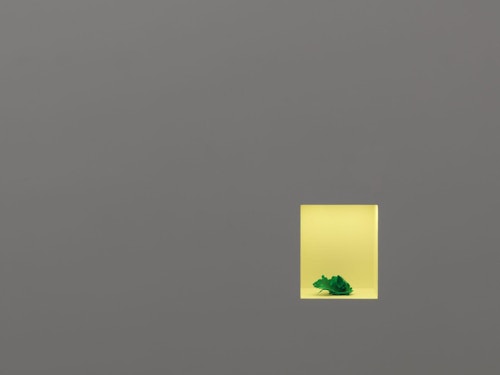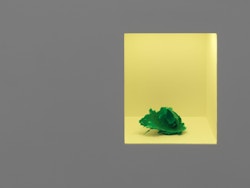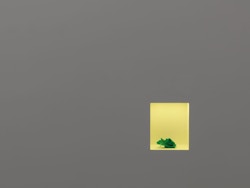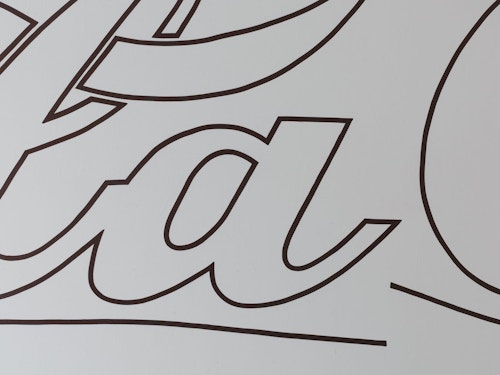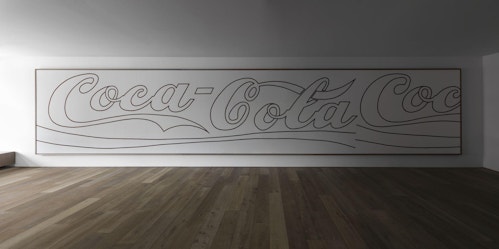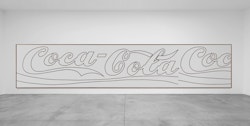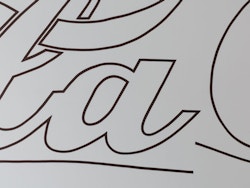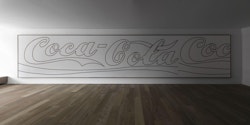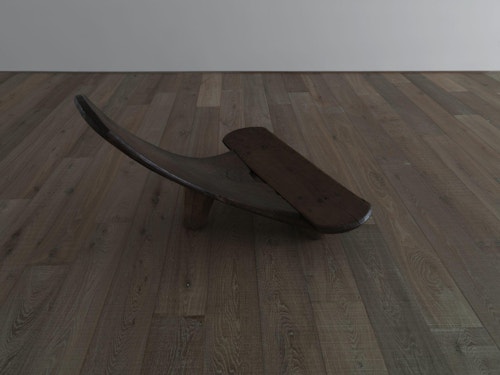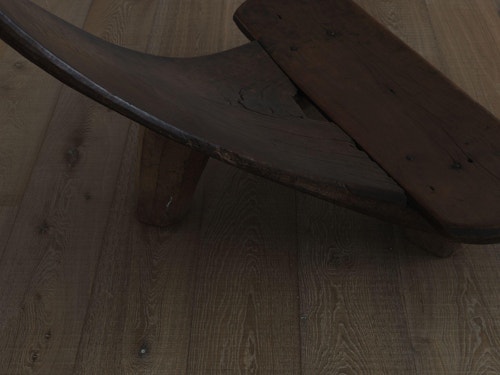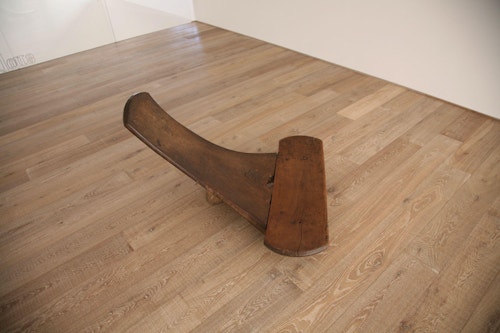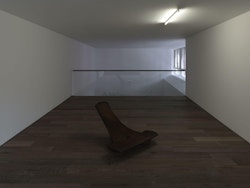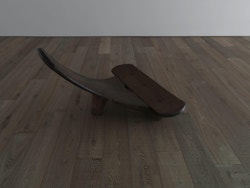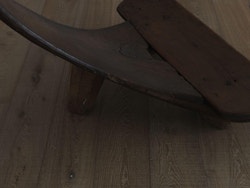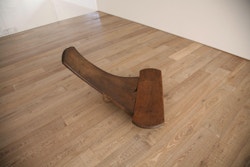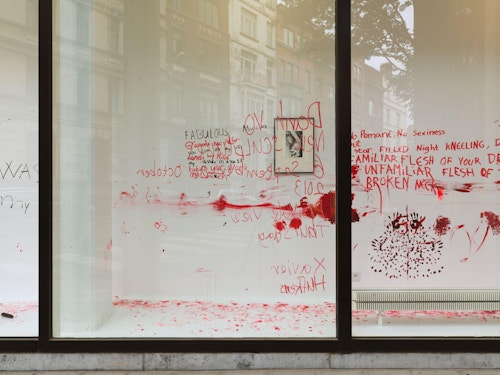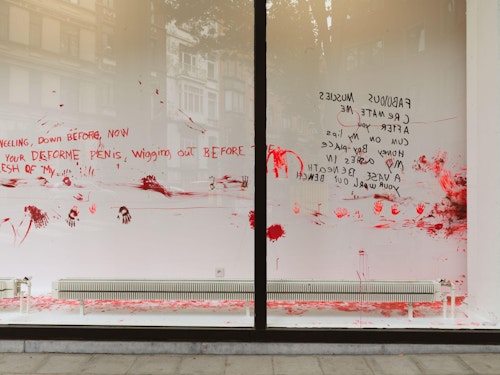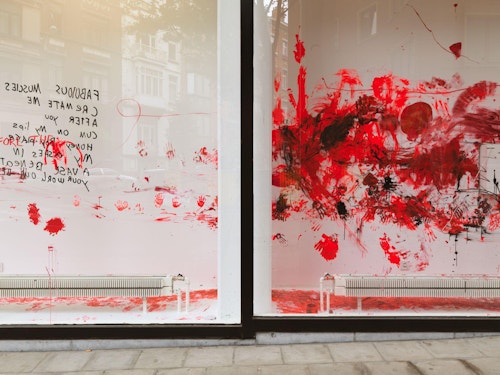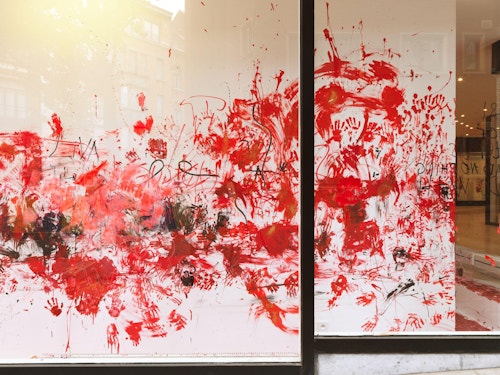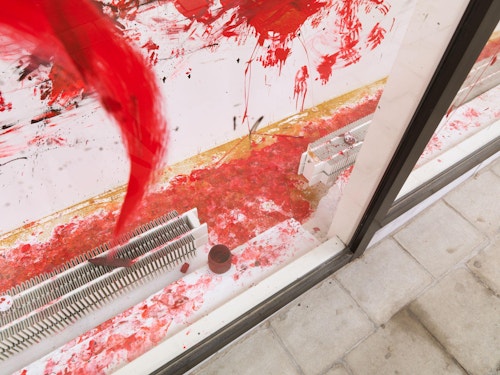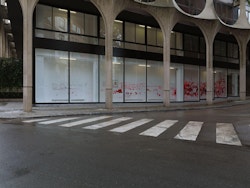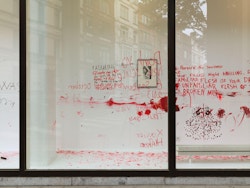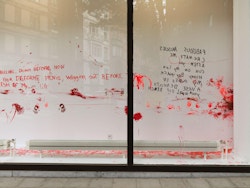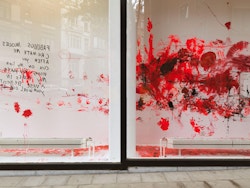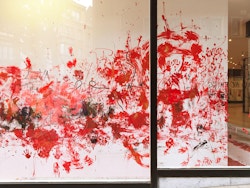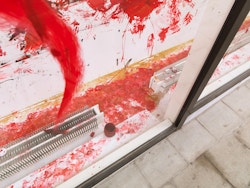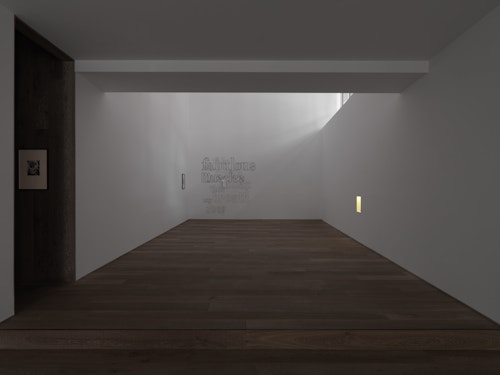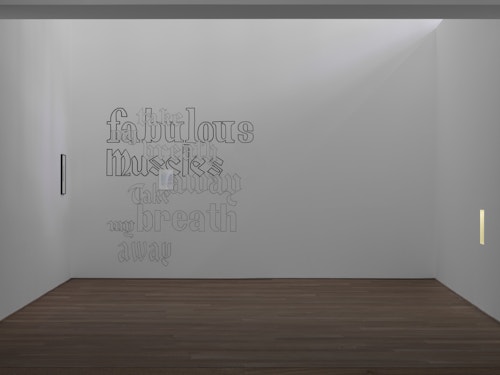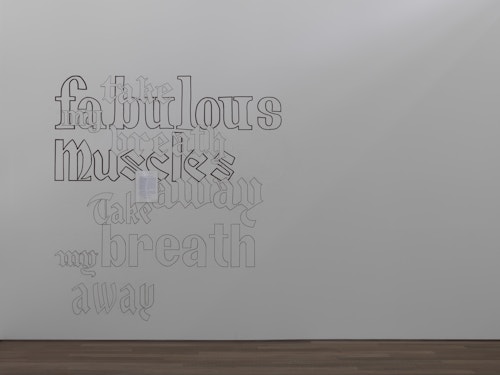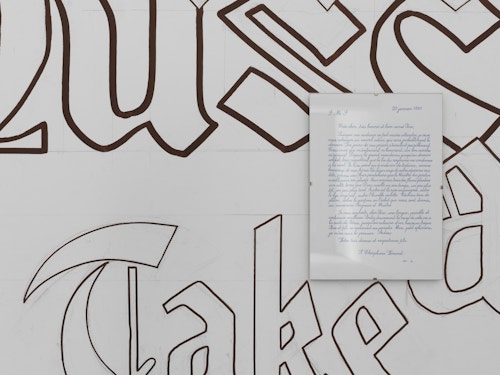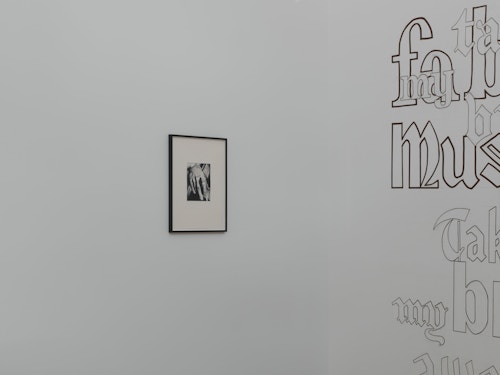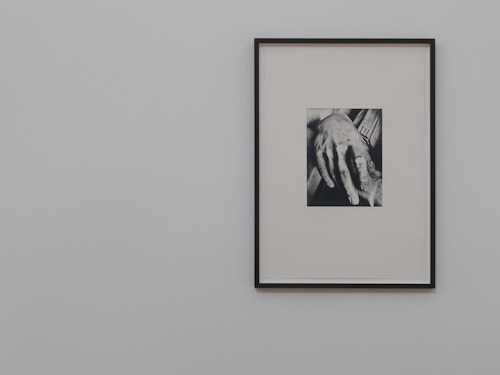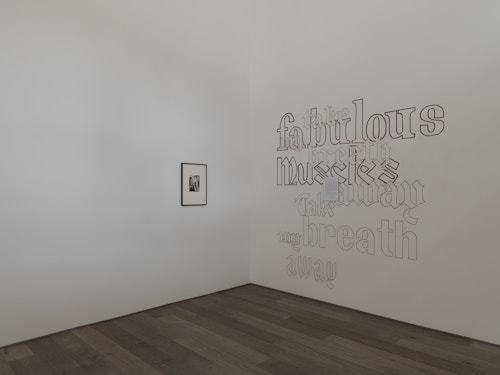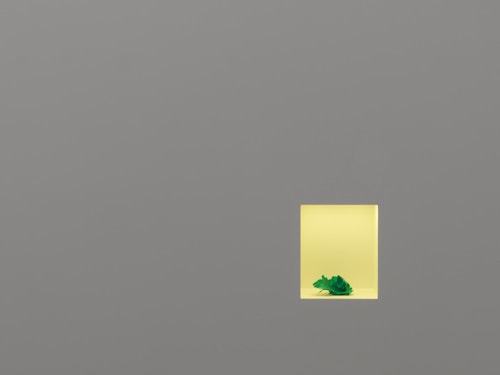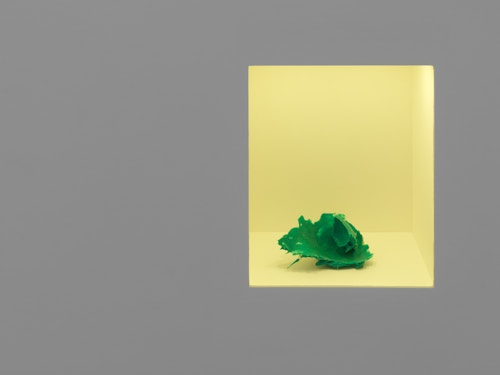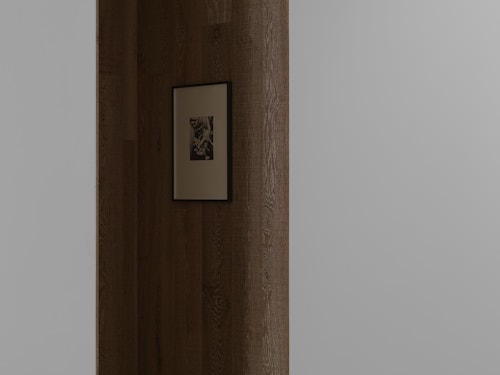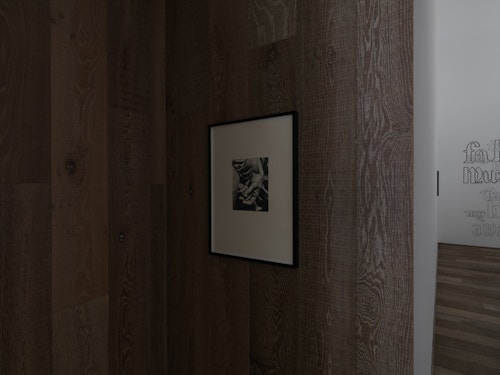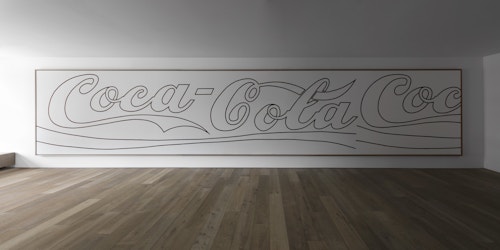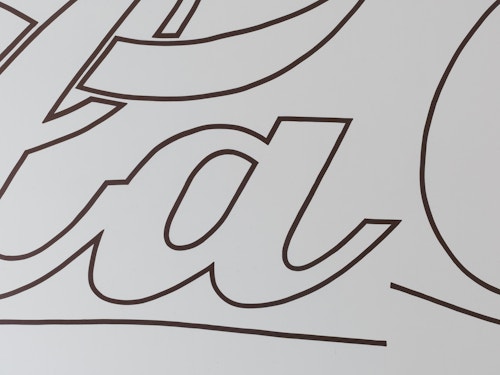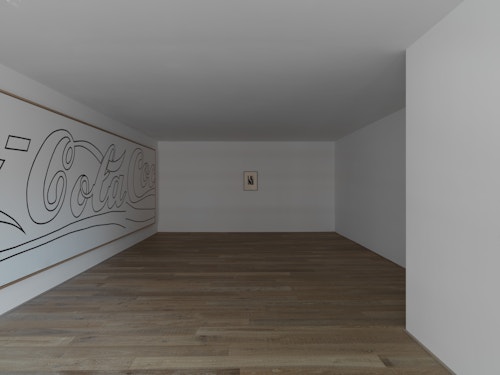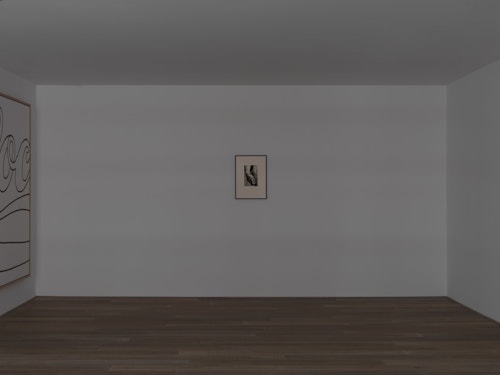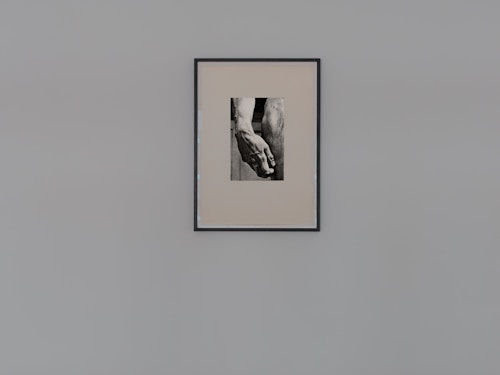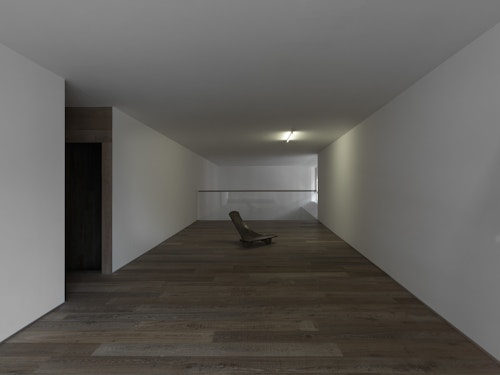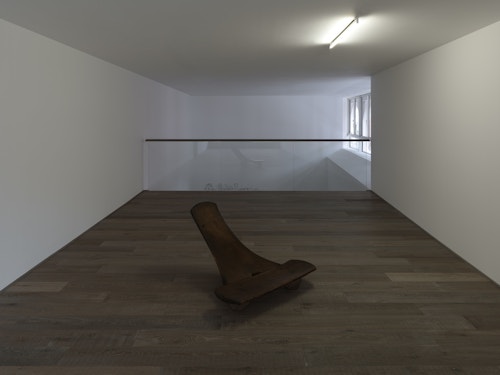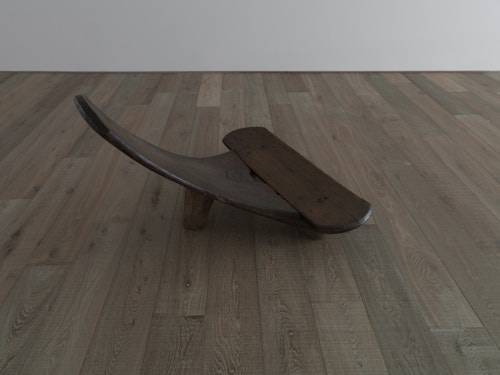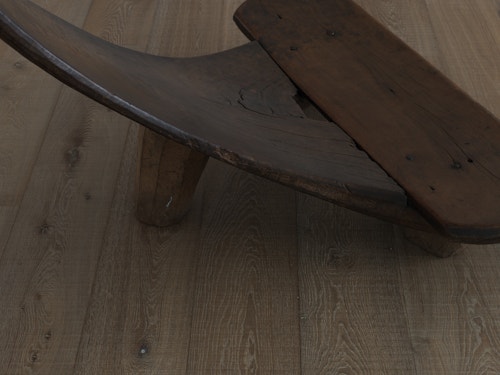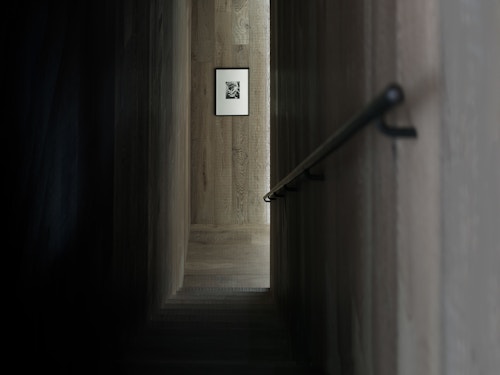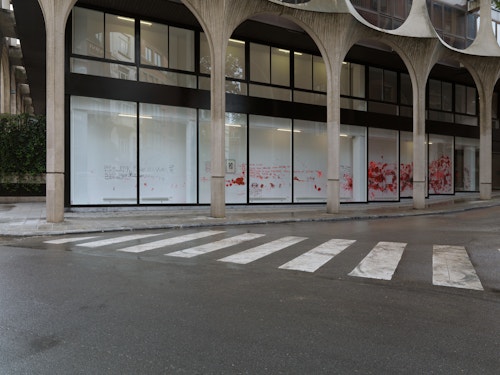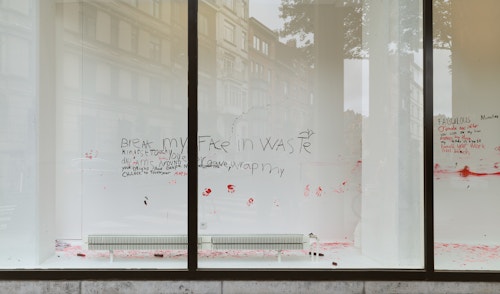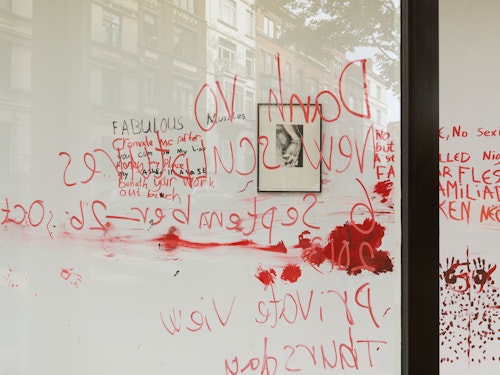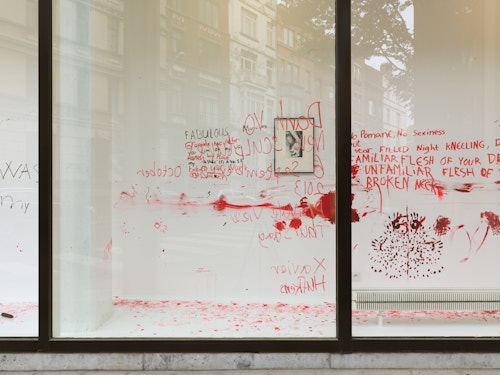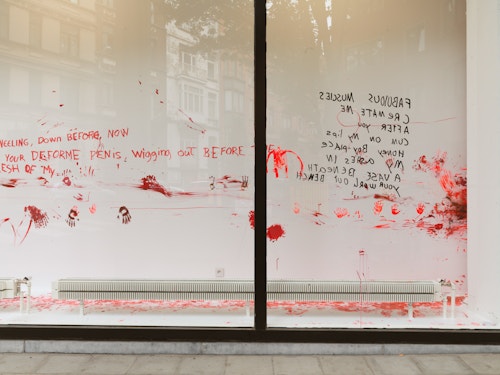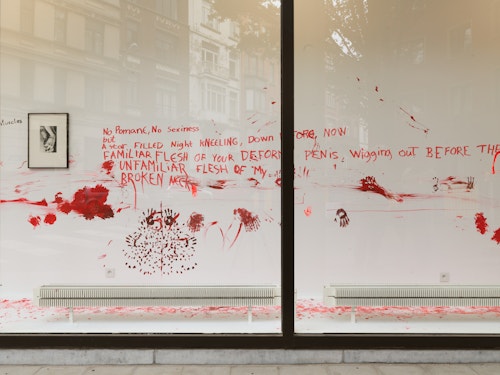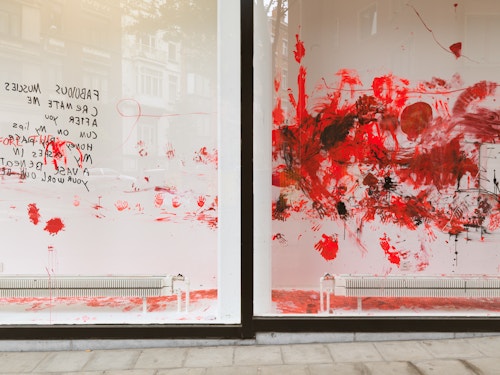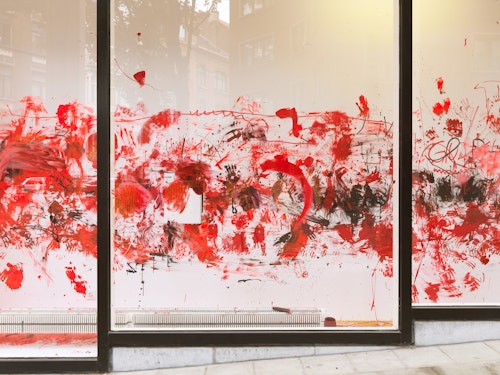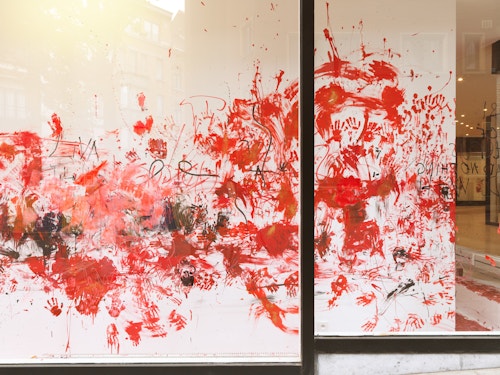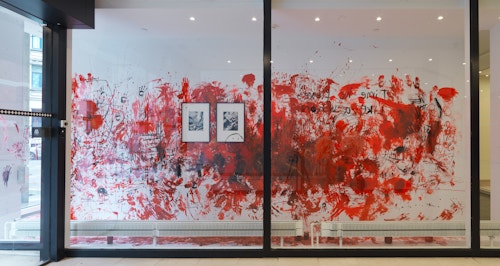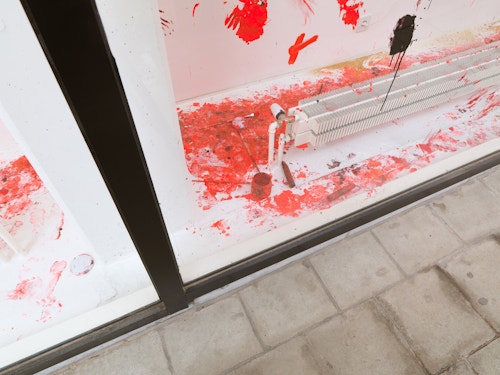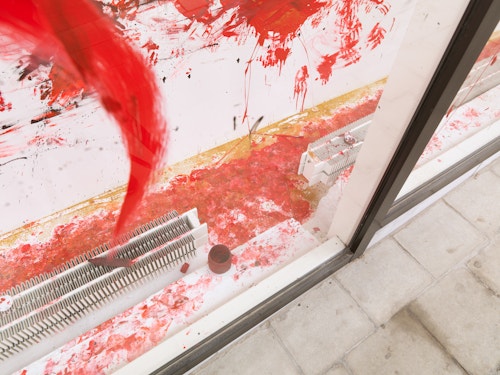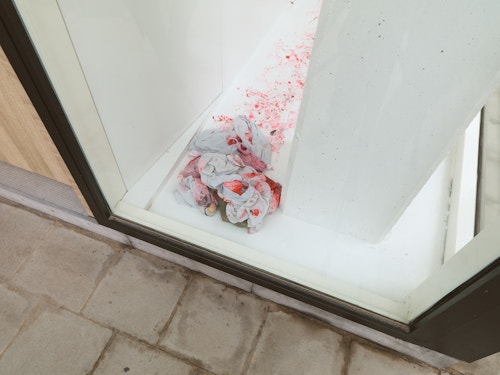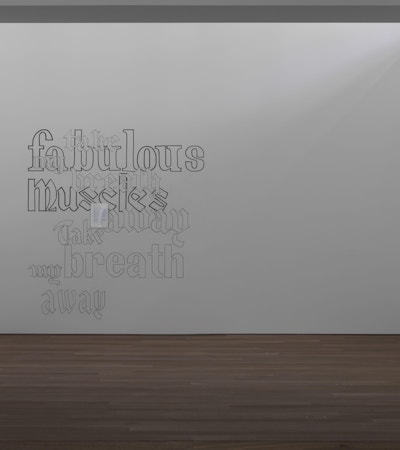
Danh Vō New Sculptures
Xavier Hufkens is pleased to present the first exhibition by Dahn Vo.
Moores and I went on to California’s eastern boundary, turned around, and recrossed the Sierra, as we would do repeatedly in the coming years. Climbing the steep east face of the mountains, you see granite and more granite and andesite capping the granite. So far so comprehensible. But before you have crossed the range you have seen rock of such varied type, age, and provenance that time itself becomes nervous—Pliocene, Miocene, Eocene non-marine, Jurassic here, Triassic there, Ypresian, Lutetian, Tithonian, Rhaetian, Messinian, Masstrichtian, Valanginian, Kimmeridgian, upper Paleozoic.
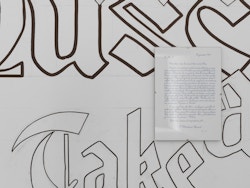
The rocks seem to change as fast as the traffic. You see olivine-rich, badly deformed metamorphic rock. You see serpentine. Gabbro. One thing follows another in a manner that seems random—a collection of relics from varied ages and many ancestral landscapes, transported from far or near, set beside or upon one another, lifted en masse in fresh young mountains and exposed in roadcuts by the state. You cannot be expected, just by looking at it, to fit it all together in mobile space and sequential time, to see the congestion within this lithic barn—this Sierra Nevada, this atticful of objects from around the Pacific world—the events and the vistas that each item represents…
… Suppose you were to find in a spacious loft a whale-oil lamp of pressed lead glass. What would you think, know, guess, and wonder about the origin and the travels of that lamp? And suppose you were to find near it a Joseph Meeks laminated-rosewood chair, and an English silver porringer and stand, and an eight-lobed dish with birds in a flowering thicket. It is possible that you would not immediately think 1850, 1833, 1662, and 1620. It is possible that you would not envision the place in which each object was made or the milieu in which it was first used, and even more possible that you would not discern how or when any of these pieces moved through the world and came to be in this loft. You also see, lined up in close ranks, a Queen Anne maple side chair, a Federal mahogany shield-back side chair, a Chippendale shell-carved walnut side chair, and a William and Mary carved and caned American armchair. Stratigraphically, they are out of order. How did that happen? Why are they here? Only one thing is indisputable: this is some loft. Jammed to the trusses, it also contains a Queen Anne carved-mahogany block-front kneehole dressing table, a Hepplewhite mahogany-and-satinwood breakfront bookcase, a rosewood Neo-Gothic chair, an Empire mahogany step-back cupboard, and a Regency mahogany metamorphic library bergère. It contains a classical brass-mounted mahogany gilt wood-and-gesso bed with pressed-brass repoussé. It contains a Federal cherry-wood-and-bird’s-eye-maple bowfront chest of drawers, an early Victorian mahogany dining chair with a compressed balloon back, a Federal carved and inlaid curly-maple-and-walnut fall-front desk, a Windsor sackback writing armchair, and a Louis XV ormolu-mounted kingwood parquetry commode. There’s a temple bell dating to Auspicion Day of the fifth month of the first year of Tembrun. There’s a Federal carved-mahogany armchair with a cornucopian splat.
Sort that out. Complete a title search for each piece. Tell each story backward through shifting space to differing points in time. Imagine the palace, the pavilion, the house, the hall for which each piece was fashioned, the climate and location of the country outside.
Naturally, you can’t do that—not in a single reconnaissance. Don’t fret it. Don’t fret that you can’t see the story whole. You cannot tell whence each of these items has come, any more than its maker could have known where it would go.
“Nature is messy,” Moores remarked. “Don’t expect it to be uniform and consistent.”
I remembered the sedimentologist Karen Kleinspehn saying to me in these same mountains, “You can’t cope with this in an organized way, because the rocks aren’t organized.”
Gradually, though—outcrop to outcrop, roadcut to roadcut—Moores revived enough related scenes in the distinct origins of the random rock to frame a cohesive chronological story. That is what geologists do. “You spend a lot of time working over rocks and you have a lot of time to do nothing but think,” he said. “These mountains, for example, are Tertiary normal faulted, confusing the topography with regard to structure. They show different levels of structure in different places. To see through the topography and see how the rocks lie in three dimensions beneath the topography is the hardest thing to get across to a student.” After a mile of silence, he added cryptically, “Left-handed people do it better.”
I said nothing for a while, and then asked him, “Are you left-handed?”
He said, “I’m ambidextrous.”
As it happens, I am left-handed, but I kept it to myself.
